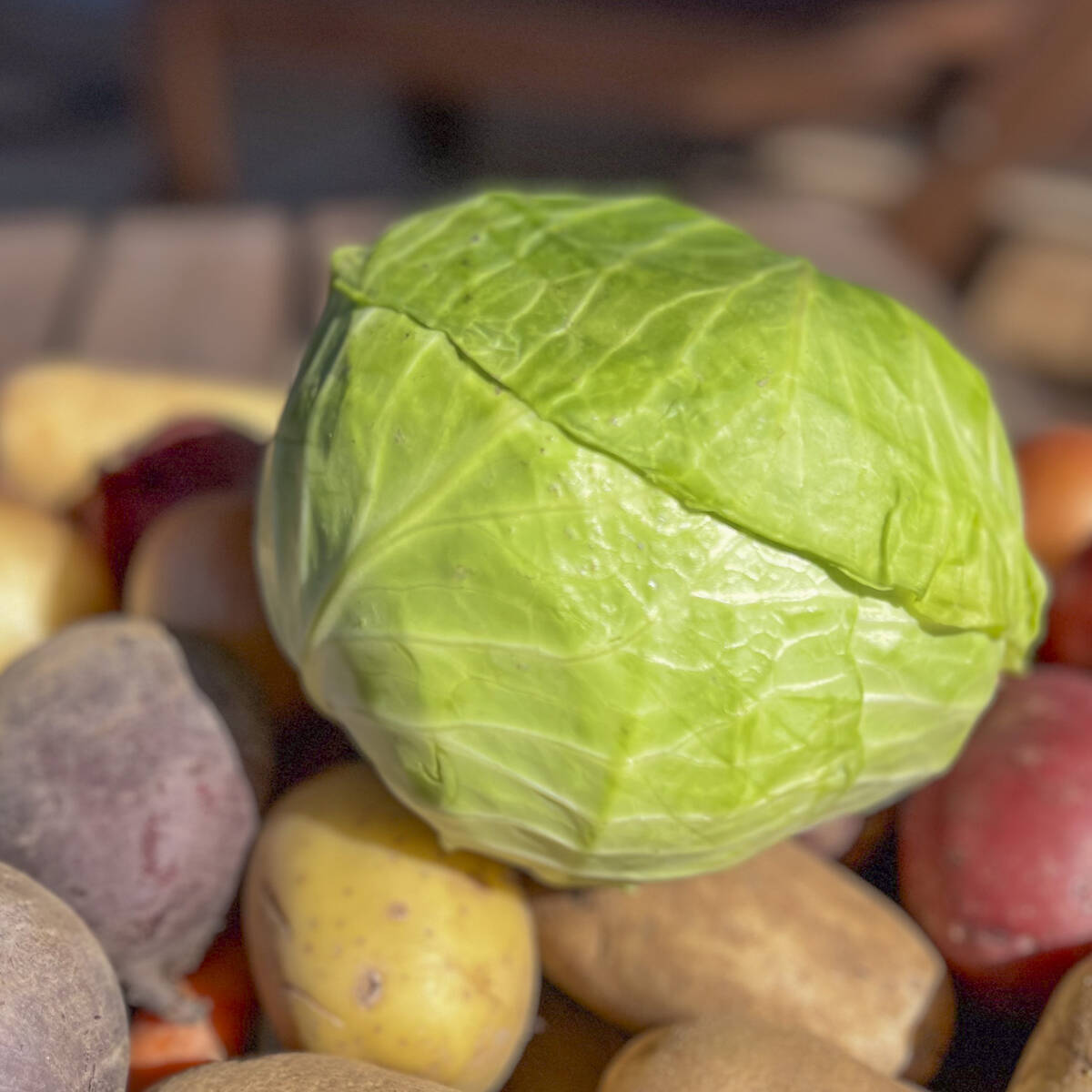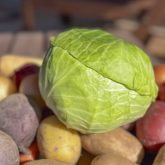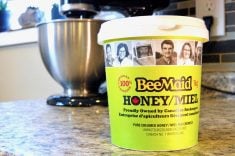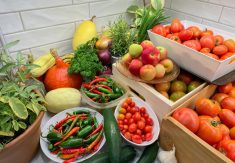Who among us, as a child, wasn’t forced to eat food they didn’t like?
One of my aunts, young and newly married into the family, tried to force five-year-old me to eat my breakfast cereal – with milk. Big mistake! Fits were thrown. When my parents got home, they were told in no uncertain terms that Aunty did breakfast wrong.
Usually, there was little tolerance for insubordination at the dinner table. As an adult, I’m grateful.
Mom called it good practice. One day, we’d be at someone else’s house, and they might serve something gross. Then we’d have to be polite and eat it, so we’d better practice now. As if Mom didn’t deserve the same courtesy!
Read Also

Cooking cabbage deserves revival
Cabbage recipes don’t need to be boring. Rediscover the taste, diverse uses and local Prairie food traditions of this leafy green
I’d like to think that Mom’s perseverance led to my love of most vegetables – squash, beets, mushrooms, zucchini. I love them all.
Until recently, however, I did not like beans. Pintos, kidney beans, black beans, chickpeas – butt beans, I call them – tasted bad, had lousy texture and were furthest from my protein of choice.
Enter inflation.
Full disclosure: I’d already been considering ways to reduce my meat intake due to costs, environmental and ethical concerns. If you want a TED Talk on how to turn one chicken into 12 meals, give me a call.
However, as the price of groceries climbed, I’ve looked for more creative ways to stretch proteins, and this included looking to my old nemesis.
Beans are nutritious little things. They’re rich in complex carbohydrates and fibre, according to the Bean Institute. Most are good sources of potassium, magnesium, manganese, iron and vitamin B6.
They’re also 21 to 25 per cent protein by weight. As far as plants go, this is pretty high.
Chicken breast (raw, boneless and skinless), has 23 grams of protein per 100 grams, according to USDA data. By percentage, that’s not so different, though arguably 100 grams of chicken goes down easier than 100 grams of beans, even if both are slathered in barbecue sauce.
Beans are cheap. At my local grocery store, dry pinto beans were 44 cents per 100 grams at time of writing. A can of chickpeas was $1.20, or 22 cents per millilitre.
At the same store, bulk-pack chicken breast was $1.76 per hundred grams. The cheapest frozen tube of ground beef was 83 cents per 100 grams.
Beans had everything going for them except taste and texture. I decided to take my mom’s approach: eat them anyway and try to like them. I also decided to consult the experts: vegans.
The consensus is that tacos are the gateway drug. There’s something about wrapping things in tortillas with salsa and sour cream that makes everything taste better. Add sautéed peppers, onions and some tangy slaw to your beans and you’ve got a winner.
If you have time to make your own tortillas, you’ll push your bean tacos into five-star territory. Homemade tortillas are miles above store-bought, and cheap too.
Bean chili, sans meat, turned out to also be quite tasty. Bean and rice burritos? Excellent.
Spices and aromatics are key. Beans don’t add much flavour on their own, but they soak it up well.
I learned to like chickpeas by adapting a vegan friend’s “butter chickpeas” recipe. That’s butter chicken with no butter and no chicken. With Indian spices, tomatoes and onions, a touch of sweetness and a bit of cream, I was a little peeved that it was tasty. How dare I like “butt beans”?
In short, I’ve been converted. If they’re cooked well, I like beans.
This realization led me to wonder what else I could learn to like. When I put this to social media, folks delighted in telling me to try tripe or balut (fertilized duck egg). Absolutely not, I said.
More practical suggestions included beets (already love them), quinoa (already in my repertoire), sauerkraut (also tolerable), seafood, barley and tofu.
Tofu is essentially an edible pencil eraser, so in the spirit of economical protein, it seems like the next worthwhile challenge.
















